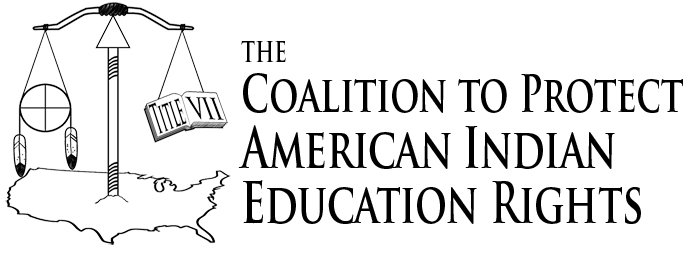Background of AITTP
The University of Utah’s American Indian Teacher Training Program (AITTP) was created in 2002 when the university applied for and was awarded a professional training grant from the United States’ Department of Education’s Office of Indian Education. The creation of these grants is rooted in Title VII of the Public Law 107-110 (115 STAT. 1907), also known as the No Child Left Behind Act. On p. B-27, the Act states, “It is the policy of the United States to fulfill the federal Government’s unique and continuing trust relationship with and responsibility to the Indian people for the education of Indian children” (20 USC 7401). Later, the same document argues that part of this commitment includes “The training of Indian persons as educators and counselors and in other professions serving Indian people” (p. B-28). It is from these professional grants that Section 7121: Improvement of Educational Opportunities for Indian Children” (20 USC 7441) created, that the program was born. The original grant, just shy of $1 million dollars, provided funding to prepare twelve American Indian pre-service teachers to teach in schools that served American Indian populations. After being awarded the grant in 2002, the public relations department at the University of Utah created press releases to tout the program and newspapers picked up the press releases across the country. As a result of this, the program was deluged by interested applicants. 132 applications were examined for the twelve spots. Twelve students were admitted to the University and the program. These students began classes in June 2003. Since 2002, the program received three additional grants from the U.S. Department of education to continue training new students.
What AITTP offers
The University of Utah’s American Indian Teacher Training Program grant is a three-year program that includes one year of professional induction services. In essence, students come to the university as having a range of college experience including having begun but not completed a bachelor’s degree, to having completed a bachelor’s degree and working toward completing a master’s degree. Enrolled AITTP students receive their teacher preparation (leading to licensure) before entering the teaching work force. AITTP students receive a monthly stipend to be used for living expenses, tuition, a laptop computer and printer for use while in the program, health insurance, dependent assistance, books, training fees, tutoring services, closely supervised programs, and moving expenses. The hope of AITTP creators and personnel is that students can focus on the business of completing their preparation programs without financial, academic, social, or emotional concerns.
AITTP is not a scholarship program
However, this grant comes with a hook as AITTP renders services and offers financial and academic supports that participants are required to pay back to the federal government by teaching in Indian serving schools. In other words, AITTP is a payback program (not a scholarship that carries no obligations) in which program participants are required to teach in Indian-serving schools (as defined by the Office of Indian Education) for the same number of years they receive federal/programmatic support. Each participant signs a payback agreement in which they agree to this commitment. If they fail to earn licensure, they must reimburse the federal government for the services received from the University. The relationship between the U.S. government and tribal sovereigns enables programs that carry payback agreements to be federally funded.
Qualifications interested applicants meet
AITTP students are admitted to the University under regular admissions policies and to the teacher education program with qualifications that meet the minimum requirements for admission. Historically, the students who participate in AITTP are among some of the strongest academic minds entering the academy. Each of the four AITTP cohorts has had, at least, a cumulative grade point average of just over 3.5 (on a scale of 4.0).
Tuesday, April 15, 2008
History of the American Indian Teacher Training Program
Key Words:
AITTP,
Bryan Brayboy,
Federal Grant,
University of Utah
Subscribe to:
Post Comments (Atom)

No comments:
Post a Comment